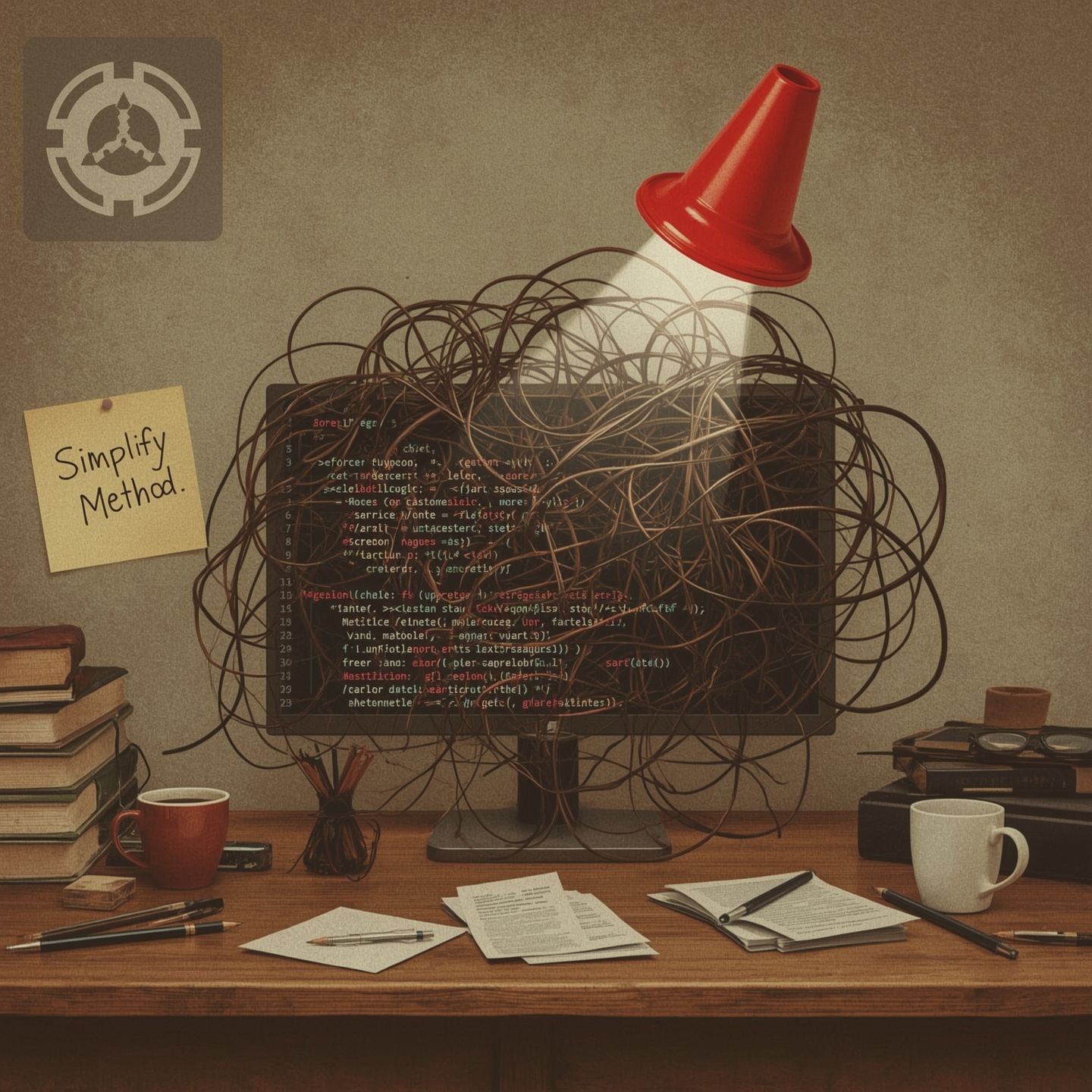🔧 Why Refactoring?
Refactoring is the process of improving the internal structure of code without changing its external behavior. Its primary goal is to make the code base cleaner, simpler, and easier to understand.
One of the biggest motivations for refactoring is to reduce technical debt—the accumulated cost of shortcuts, unclear structures, and messy logic implemented in the past.
💡 Technical debt is the cost of additional work required in the future due to choosing an easier or quicker solution today.
Refactoring doesn’t add features or fix bugs directly—it’s about improving how the existing code works, so adding features and fixing bugs becomes easier, safer, and faster in the future.
✅ Key Benefits
- Improves Readability: Clear, well-structured code is easier for you and your teammates to understand.
- Enhances Maintainability: Clean code is easier to extend, refactor again, and modify when business requirements change.
- Supports Testing and Debugging: Smaller methods and better separation of concerns lead to easier test coverage and quicker bug detection.
- Enables Safe Collaboration: Refactored code with meaningful names and structure reduces the chance of team miscommunication and merge conflicts.
🧱 What Causes Technical Debt?
- 💼 Business pressure to deliver fast
- 🤔 Lack of awareness of the long-term impact of bad code
- ❌ Missing tests that make safe changes difficult
- 📝 Lack of documentation that explains “why” something is done
- 🤐 Poor communication among team members
- 🌿 Long-lived feature branches and delayed merges
- ⏳ Postponed refactoring—“we’ll clean it up later”
- 🚫 No process to monitor code quality (e.g., code reviews, linters)
Want to dive deeper into technical debt? Check out Your Guide to Manage Technical Debt by Amr Afifi.
⏰ When Should You Refactor?
Refactoring is not a one-time event—it should be a habit integrated into your daily work. You don’t need to stop everything to refactor; small improvements over time create a big impact.
Here are great opportunities to refactor:
The Rule of Three:
- First time: Just get it working
- Second time: Reuse the pattern, but it feels awkward
- Third time: It’s time to refactor and generalize it
Also consider refactoring:
- ➕ When adding a new feature Clean up related logic before expanding on it.
- 🐞 When fixing a bug Improve the surrounding code to prevent similar bugs.
- 👀 During code reviews If something is hard to read, repetitive, or smells bad—suggest a refactor.
🧪 What’s a Code Smell?
A code smell is a sign that something may be wrong in the code—not necessarily a bug, but a symptom of poor design or structure that can make the code harder to read, maintain, or extend. It usually means the code works, but could be cleaner or more efficient.
Smells don’t always require immediate changes, but they’re red flags that should prompt a closer look.
Let’s explore some common code smells and how to refactor them. Starting with one of the most common ones: Long Method.

Code Smell #1: Long Method
🚨 Problem: A method keeps growing and becomes hard to understand. It may have comments, nested logic, or do too many things at once.
🛠️ Solution: Extract Method If you need to comment a section of a method or if it does more than one thing, extract it into a smaller method with a clear name.
Before (TypeScript):
|
|
After (Refactored):
|
|
Now each function has a single responsibility, and the main function reads like a high-level story.
Code Smell #2: Complex Conditionals
🚨 Problem: Nested if-else or switch blocks make it hard to follow the logic, especially if conditions are long and repeated.
🛠️ Solution: Decompose Conditional Break the condition, then, and else blocks into separate methods to clarify what each part does.
Before:
|
|
After:
|
|
Even though the logic hasn’t changed, the intent is now crystal clear.
🧰 Common Refactoring Techniques
There are many refactoring techniques that developers use to gradually improve code. Below are some of the most useful and frequently applied:
🔹 Extract Method
Break long methods into smaller ones with clear names to improve readability.
🔹 Inline Method
If a method’s body is as clear as its name, consider removing the method and using the code directly.
🔹 Rename Variable or Method
Use clear and intention-revealing names that make the code easier to understand.
🔹 Replace Magic Numbers with Constants
Improve readability by giving meaningful names to fixed values.
🔹 Move Method or Field
Improve cohesion by placing a method or field in the class where it logically belongs.
🔹 Simplify Conditional Expressions
Replace complex conditional logic with simpler constructs or helper methods.
🔹 Replace Nested Conditionals with Guard Clauses
Avoid deeply nested code by using early returns for edge cases.
🔹 Introduce Parameter Object
Group related parameters into a class to simplify method signatures.
These techniques can be applied gradually to keep the system working while making the code more maintainable.
💬 Final Thoughts
Refactoring is not about writing “perfect” code. It’s about constantly improving the existing codebase with small, intentional steps that help the whole team.
I’ll be writing more short posts like this, sharing patterns and examples from the book Refactoring by Martin Fowler, and from Refactoring Guru as well.
Let’s keep learning and building better, together 💪
